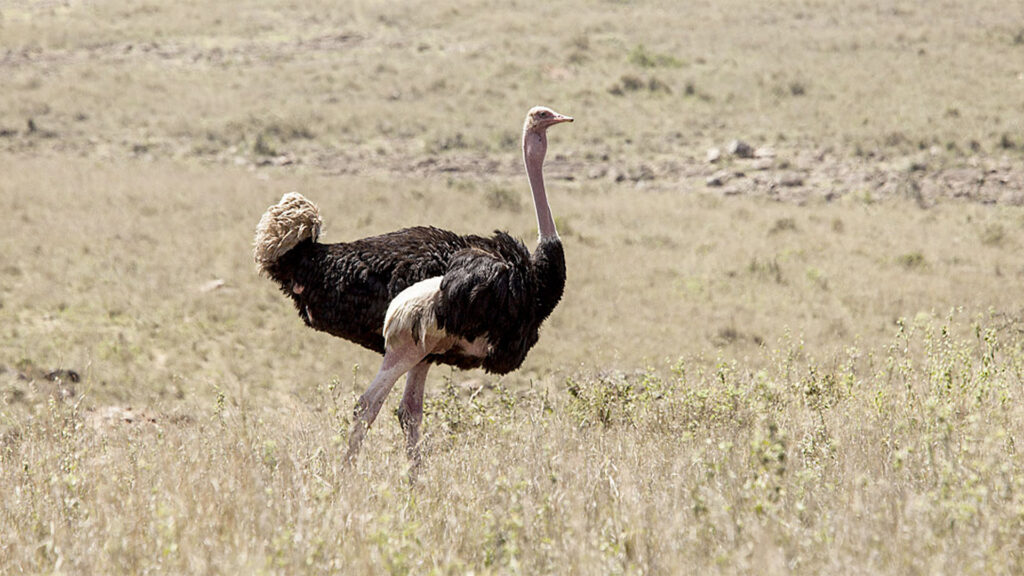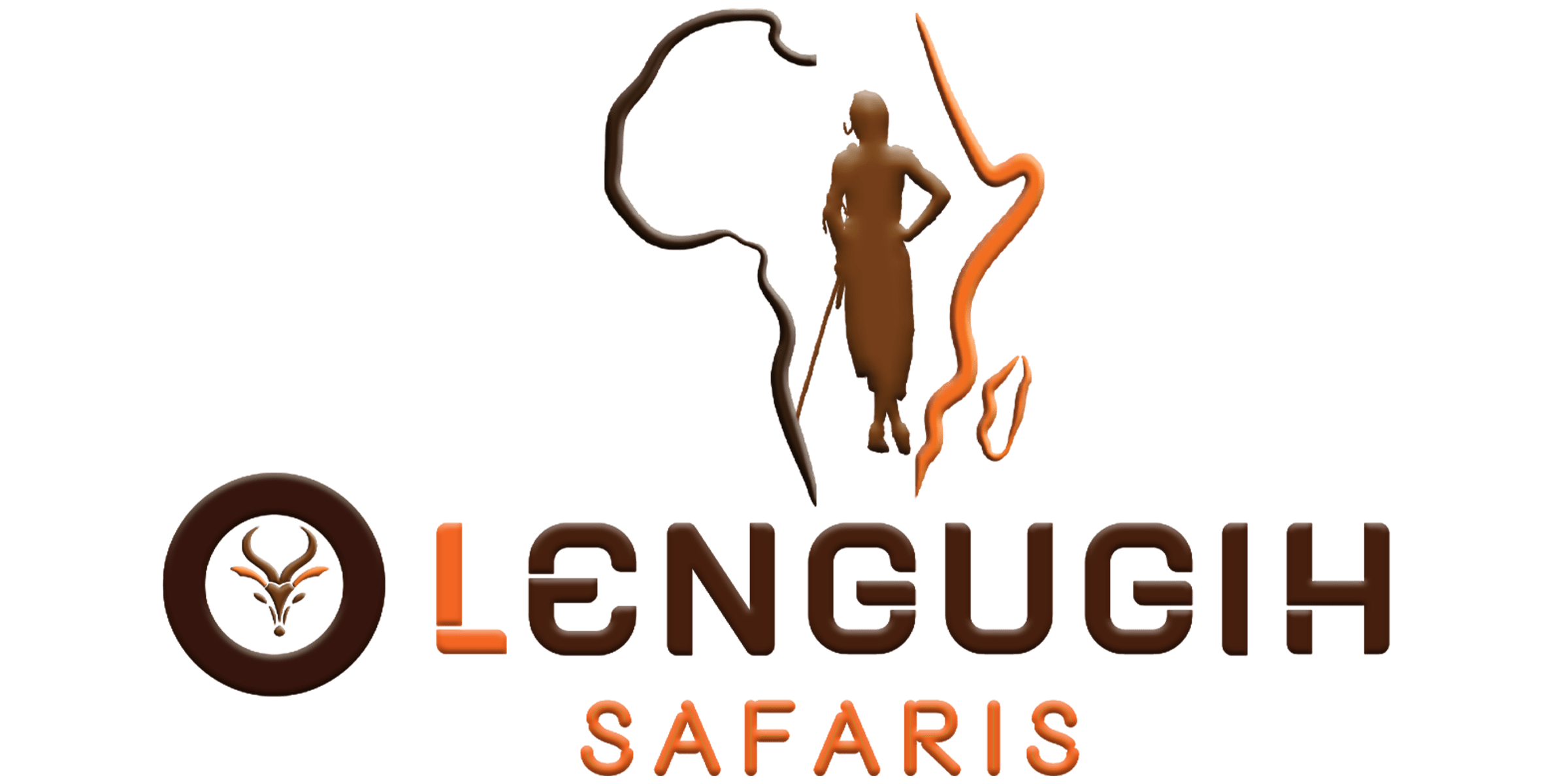
Overview
In the northernmost part of the Masai Mara wilderness, 17,000 acres of a group ranch are protected as part of the Ol Choro Oiroua Conservancy.
Under Fairmont Kenya’s supervision, Seiya Limited oversees the land and operations of the conservancy.
The conservancy’s guest accommodations provide the funds required for road maintenance, security measures, wildlife preservation, and other essential operating facets.
Furthermore, the income improves the quality of life for the native Maasai tribe by funding community initiatives in both rural and urban regions.
Guests who stay at the conservancy can see the jewellery, sculptures, handbags and other products created from recyclable materials.
Community development
The conservancy’s initiatives assist the tribe’s youngest members as well.
Funding from the conservancy was used to open Enkerende School, a local primary school housed in a church, to close the educational gap.
By funding various initiatives that provide for persons who might otherwise live in poverty, Ol Choro Oiroua also improves the economic situation.
What sets it apart
The conservancy approaches raising living standards in a novel way.
The conservancy saw a chance to lessen the load on the environment while offering chances for revenue, cultural preservation, and self-sufficiency after realizing the effects of poor waste management in the area.
Ol Choro Conservancy community programs efficiently address two often-overlooked issues: income generation and environmental pollutants in land-based and aquatic environments.
They do this by turning recyclable waste goods into arts and crafts. The conservancy funds two initiatives: one for women and the other for residents of underprivileged neighbourhoods.
● Accommodation: there are accommodations within the conservancy with great amenities and fully equipped to help the clients.
These are some of the accommodations found in the conservancy:
- Fairmont Mara Safari Club
- Ngerende Island Lodge
- Richards forest camp
Entry Fees: Entry fees for the conservancy are reasonable, and the proceeds go towards conservation and community development.
Residents: The park entry fee for Kenyan residents is typically around KES 1,000 for adults and KES 500 for children. Prices may vary, so checking for the most up-to-date rates is advisable.
Non-Residents: Visitors from other countries can expect to pay a higher entrance fee, generally around USD 70 for adults and USD 40 for children. Again, these fees can change, so verifying current rates is recommended.
Best Time to Visit:
During the annual wildebeest migration from July to October. The views of the great herds crossing the Mara River annually are spectacular.
